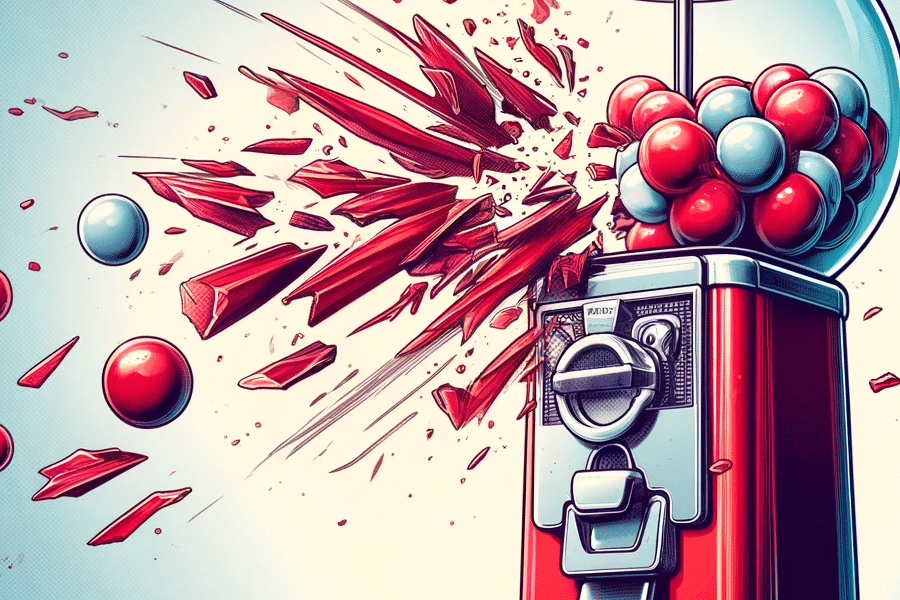In the world of marketing, especially when targeting small businesses and service companies, it is crucial to differentiate between brand building and sales activation. Both play significant roles in a comprehensive marketing strategy, but they serve different purposes and require different approaches.
Many business owners equate marketing to a gumball machine: you put in a quarter (investment) and expect an immediate gumball (return). This is what we call sales activation. It’s direct, measurable, and often provides quick results. Sales activation focuses on short-term goals and typically drives immediate responses from targeted audiences. This approach involves tactics like bidding on specific search phrases, sending out direct mail to chosen zip codes, and calculating direct returns on these activities.
For instance, a home services company might spend $7,000 on sending out 10,000 direct mail letters. If this results in three sales of $20,000 home comfort systems each, the return is clear and quantifiable—a $60,000 revenue from a $7,000 investment. This kind of “gumball math” makes it appealing for businesses looking for quick, tangible results.
On the other hand, brand building is not a quick-fix solution. It doesn’t work like a gumball machine—you can’t expect immediate fame or recognition from minimal investment or effort. Brand building is about creating lasting impressions, establishing a reputation, and fostering trust and loyalty among consumers. It involves a consistent and strategic approach to developing your business’s identity and positioning in the market.
Brand building is not directly measurable in the short term and often requires patience and persistence. It’s about answering questions like: How do people feel about your brand? What do they associate with your business when they see your logo or hear your name? Are you considered a thought leader in your industry?
This aspect of marketing demands a more profound understanding of your audience and a commitment to delivering consistent, valuable interactions. Over time, this investment in your brand contributes to your business’s equity and can lead to sustained growth.
 The key for small businesses, particularly those in industries like home services, is to balance brand building with sales activation. According to Les Binet and Peter Field’s seminal work, the ideal marketing strategy follows a 60/40 rule—60% of efforts should go towards long-term brand building and 40% towards short-term sales activations. This balance ensures that while your business is generating immediate cash flow through direct sales tactics, it is also investing in building a robust brand that will yield benefits in the long run.
The key for small businesses, particularly those in industries like home services, is to balance brand building with sales activation. According to Les Binet and Peter Field’s seminal work, the ideal marketing strategy follows a 60/40 rule—60% of efforts should go towards long-term brand building and 40% towards short-term sales activations. This balance ensures that while your business is generating immediate cash flow through direct sales tactics, it is also investing in building a robust brand that will yield benefits in the long run.
While the appeal of the gumball machine analogy in sales activations is undeniable due to its straightforward nature, successful branding requires a broader view and a long-term commitment. By fostering a strategic blend of both elements, businesses can achieve not only immediate sales but also long-term market presence and consumer trust.
- Leading the Bull - September 24, 2024
- Pioneers and Settlers - September 16, 2024
- Bigger Than Me - September 9, 2024

